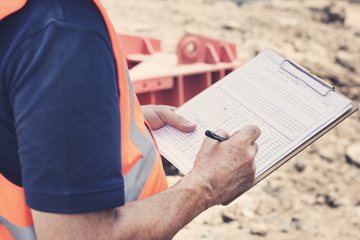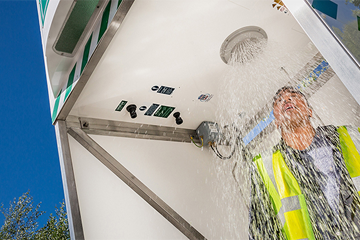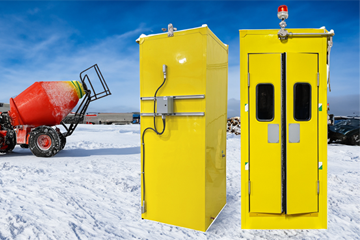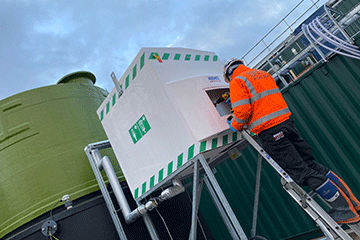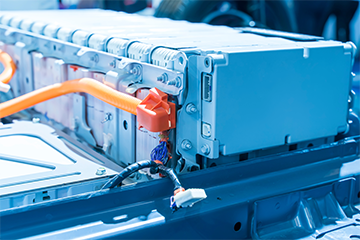Enquiry List () (0)
- Feb 26, 2018
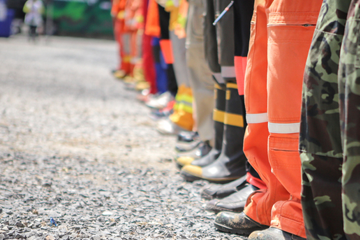
Decontamination Processes Keep Emergency Responders Safe
A local fire brigade responds to an incident at a small chemicals factory. Many hazardous chemicals are on site and the incident has resulted in some injuries. The crew swings into action as their training and experience kick in. They assess the situation, demarcate the danger zone and don their full protective hazmat suits. These brave emergency responders risk their own lives to rescue injured workers and contain the situation.
But, what protects the emergency responders? How do fire fighters and other first responders ensure they're not exposed to the same hazardous chemicals that injured others?
It is critical to set up a decontamination zone at the border of an incident involving hazardous chemicals. Position the zone upwind to keep people safe from further chemical releases. Take note of the slope of land to ensure that water runoff does not contaminate the area on the safe side of the zone.
Everyone leaving the incident area passes through a decontamination process, where showers remove all traces of hazardous chemicals. This prevents chemicals on a hazmat suit from getting onto the skin of an emergency responder.
Decontamination Process: Showers and Shelters
Exposure to hazardous chemicals, nuclear radiation or biological agents require proactive decontamination solutions. Often these occur as workplace accidents. However, emergency responders must also prepare for large-scale terrorist attacks.
Different decontamination solutions are available depending of the nature of the incident and the number of people affected:
Portable Decontamination Showers
Portable decontamination showers offer the simplest solution for decontamination. Deployed in under a minute, the PORTAflex decontamination shower provides emergency relief for casualties. Emergency responders use it to wash hazardous materials off their protective clothing before removal.
The triangular shape of the three hose legs ensures 360-degree decontamination. They become rigid under pressure to supply the 16 nozzles with water. The compact and rugged carrying case doubles as a base platform on assembly.
CUPOLA Inflatable Decontamination Shelters
The Cupola range of inflatable shelters provides for the containment of contaminated water. The simplest models feature an entrance opening on the "dirty" side and an exit door on the "clean" side. Replaceable inner linings with windows enable observation of the casualty during the decontamination process.
Two-stage walk through units allow for a second wash-down in the decontamination process. They decontaminate members of the public and teams of emergency responders. Inspection windows allow observation of the decontamination process. Support personnel use the integral gloves to provide assistance where necessary.
Rapid decontamination shelters have inflatable frames for easy assembly. Their sumps keep contaminated water contained for processing.
Emergency responders configure two-stage shelters in series or parallel. When the second stage is parallel, both stages operate in the same way to accommodate a higher number of people. In the series configuration, the second stage serves as a final wash down and additive rinse.
Splash flaps reduce overspray and waterproof vents ensure adequate ventilation during the decontamination process.
Purchase an Emergency Decontamination Unit from Hughes Today
Contact Hughes Safety to learn more about decontamination showers or shelters or to receive a complimentary quote. Our professional consultants can advise you on the best solution for your application as well as the regulatory requirements that are relevant to your industry.




